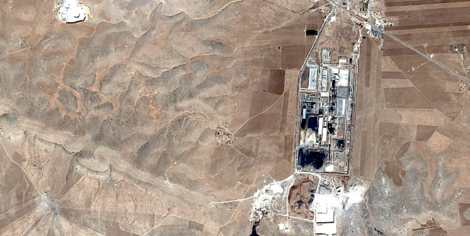Your podcast discovery platform
Curious minds select the most fascinating podcasts from around the world. Discover hand-piqd audio recommendations on your favorite topics.

piqer for: Globalization and politics Global finds
I am an Australian freelance journalist focussing on conflicts, politics, and warzones around the world. I have been working as a journalist for over 5 years, having reported from Australia, Germany, China, Egypt, Palestine, and Ukraine. I am especially interested in the way that new technologies are being used in conflict zones in unexpected and often disturbing ways. During my time working as a journalist, I also co-founded open-source war reporting site Conflict News.
The Factory: A Glimpse Into Syria’s War Economy
War is one of the most expensive endeavors that any state or group can engage in, and the fighting in Syria is no exception to this rule. Often lost among the horrific stories of mass killing, ethnic cleansing, and human rights abuses is the question: How are these groups funding all of this slaughter?
The answer to this question is extraordinarily complex. A combination of taxes, protection money, looting, oil sales, arms deals, ransoms, and shadowy foreign cash all play a role in the financing of the war. What’s counterintuitive about this, however, is that often the worst of enemies will trade with each other and maintain cordial business relations, just so they can keep the money flowing and fight another day.
Among this landscape of murky deals and blood money, one particular project is a stand-out due to its bizarre (and ultimately doomed) attempts to keep running in spite of the war raging around it. The Lafarge Cement Plant in northern Syria — one of the largest in the Middle East — was completed right before the onset of the war, and its French owners were desperate for it to make a profit.
As the war escalated, they began paying off both moderate and extremist rebel groups, as well as courting a range of sponsors in the Assad regime and later in the opposition. Millions were paid to different groups, including ISIS — funding the continuation of the war. The plant managed to stay in operation until 2014, which is when the area was overrun by the Islamic State. While both tragic and farcical, the story of the Lafarge plant, as told by Aron Lund, provides an excellent window into the financing of war in the 21st century, and how companies will sometimes go to extremes to stay in business.
Stay up to date – with a newsletter from your channel on Globalization and politics.
